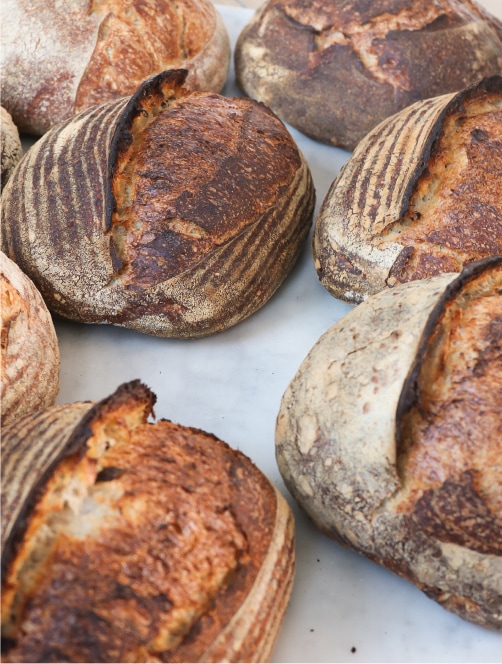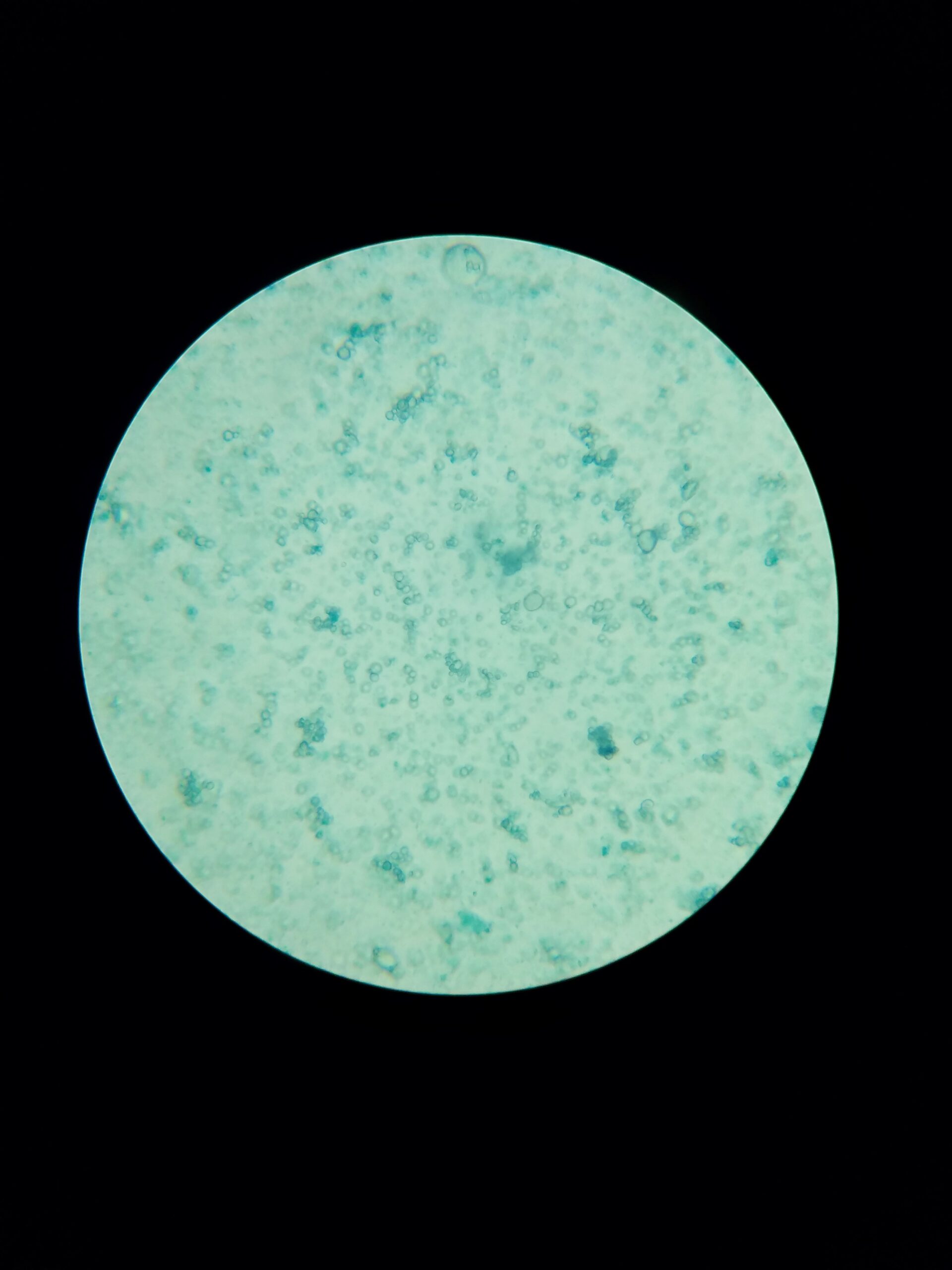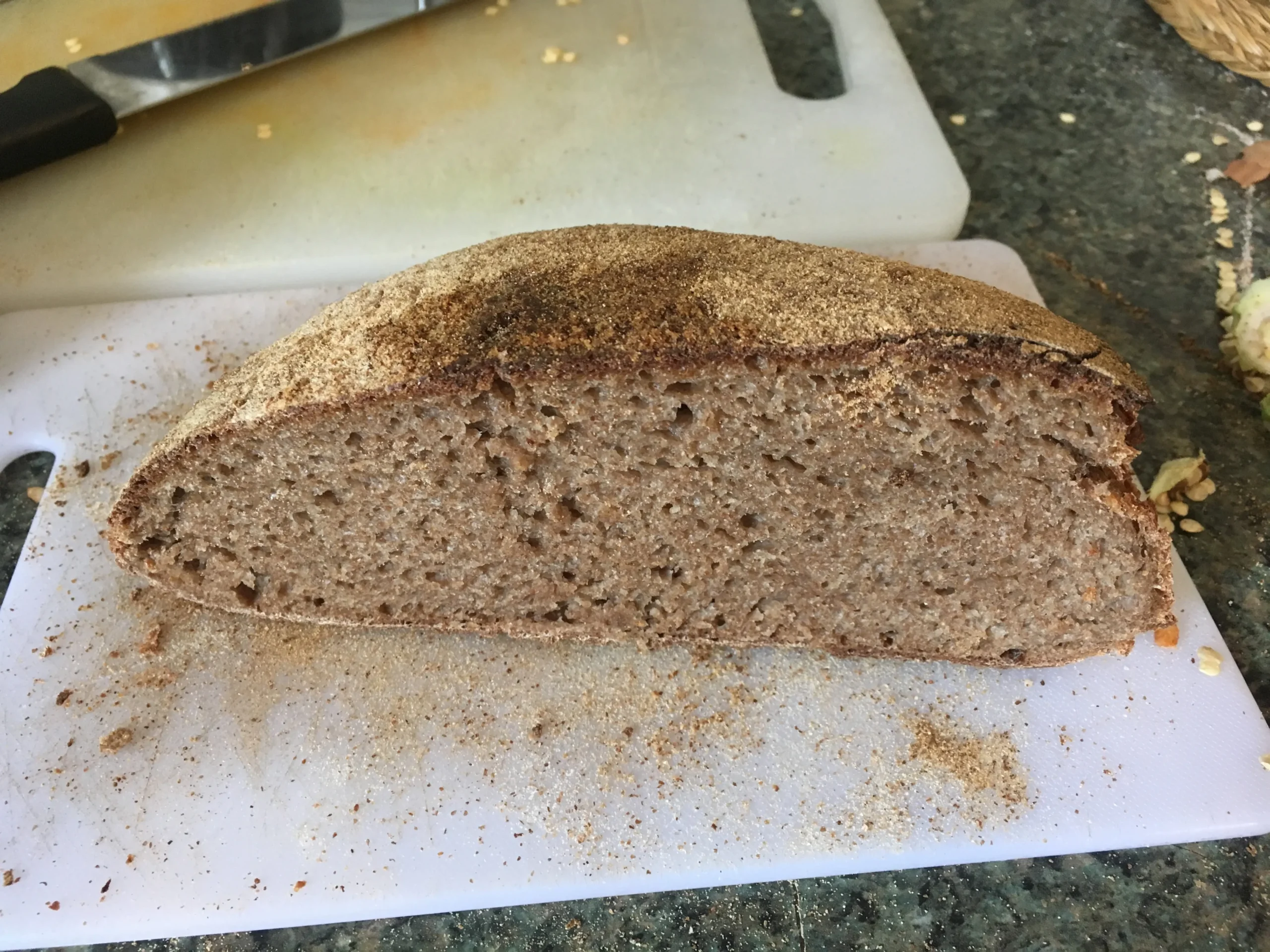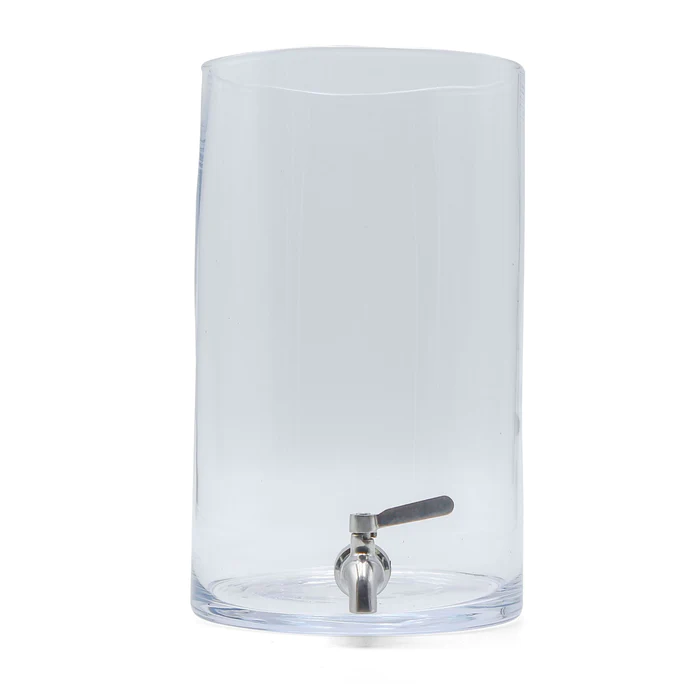Sourdough Bread
and other wheat- and gluten-oriented fermentables
A Bunch of Clearly Necessary Information About Sourdough Microbiology
There are so many benefits to sourdough! Low glycemic index! Delicious! Arguably not nearly as bad asa normal gluten for those who have mild sensitivities! Tangy flavor!
The basic microbiology of sourdough bread revolves around a fascinating symbiosis between yeasts and lactic acid bacteria. These microorganisms work in tandem to ferment the dough, resulting in the distinctive flavor, texture, and rise characteristic of sourdough bread.
Wild yeast strains, particularly Saccharomyces cerevisiae, are naturally present in the environment and play a pivotal role in sourdough fermentation. These yeasts consume the carbohydrates present in the dough, breaking them down into carbon dioxide gas and alcohol. The gas produced gets trapped in the dough’s gluten network, causing it to rise and create the bread’s airy structure.
Lactic acid bacteria, notably Lactobacillus and Pediococcus species, are equally crucial to sourdough microbiology. These bacteria metabolize sugars into lactic acid and acetic acid. The lactic acid imparts the signature tangy flavor to sourdough bread, while the acetic acid provides additional complexity. These acids also act as natural preservatives, contributing to the bread’s extended shelf life.
The symbiotic relationship between yeasts and lactic acid bacteria within the sourdough starter creates a stable and diverse microbial ecosystem. Over time, these microorganisms adapt to their environment, leading to the development of a unique sourdough culture. The balance between yeast and lactic acid bacteria is essential, as it determines the final characteristics of the bread. This intricate microbial interplay is key to the art and science of


Mmmmmm, bread
Make Your Own Sourdough Starter
The lowest effort way to start a sourdough starter is to toss some flour and water in a bowl , stir, cover with a loose cloth. Odds are, you’ll get sourdough starter.
Some folks say you should get some grape skins in there, others say you should add a lil vinegar, and others still will tell you to give up and buy a kit online.
Me? I say: Add anything you’ve got that’s got microbiobes and/or yeast in it. Unpasteurized beer? Sure! Yogurt? Absolutely! Kombucha? Frell yes! Sour Cream? Fermented Hot Sauce? Bleu Cheese Rind? Give it a shot!
…but in all seriousness, I actually do start mine with 4 ingredients: homemade yogurt, homemade kombucha, a flour mix, and water. Exactly what you use for the flour mix is kinda up to you, but folk wisdom and recent science both agree: you should probably put some rye in there.
A really good video or two:


Alternative Sourdough / Gluten Products
Hermann/Hermione Sourdough /
Sweet Sourdough / Amish Friendship Bread
Bread with Beer in it / Bread made from leftover malts
Ideas for using all that Discard
Mmmmmm, Sourdough bread
https://littlespoonfarm.com/sourdough-brownies-recipe/


Troubleshooting! Your shit ain't workin good? See below:
This is a really enlightening thread on the matter
Over or under proofed??
byu/atiecay inSourdough
Over or under proofed??
byu/atiecay inSourdough


Mmmmmm, Sourdough bread
Frequently Asked Questions
We’ll get back to this later
One topic though, what’s a banneton for, how is it used, with or without the cloth, cover or no, fridge or no, sticky?


Related Products
This is gonna be a section about the various implements and products one could use while working with dough.
Bannetons, Bench Scrapers, Bread Knives, all sorts of related stuff


